Grey
GG / nG
Appearance
Grey causes the coat to gradually lose pigment and turn white as the horse ages.
Each horse greys out at their own pace, there's no rule dictating how greyed out it has to be at a certain age and it's entirely up to the owner to decide how far along the greying process they are and whether they will continue to grey or if they will stay that color.
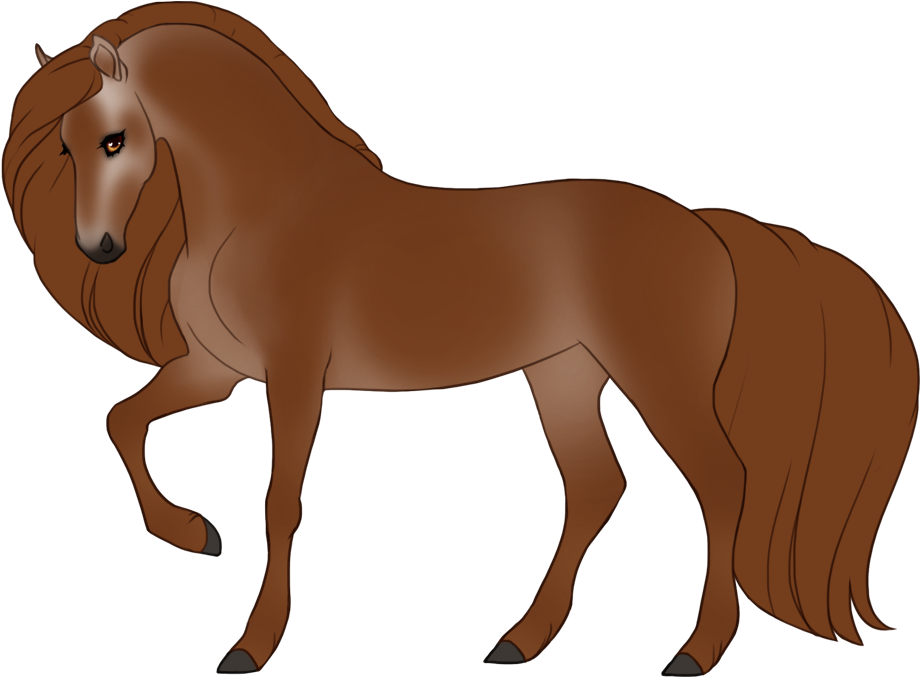
Minimally grey on chestnut
chestnut + grey
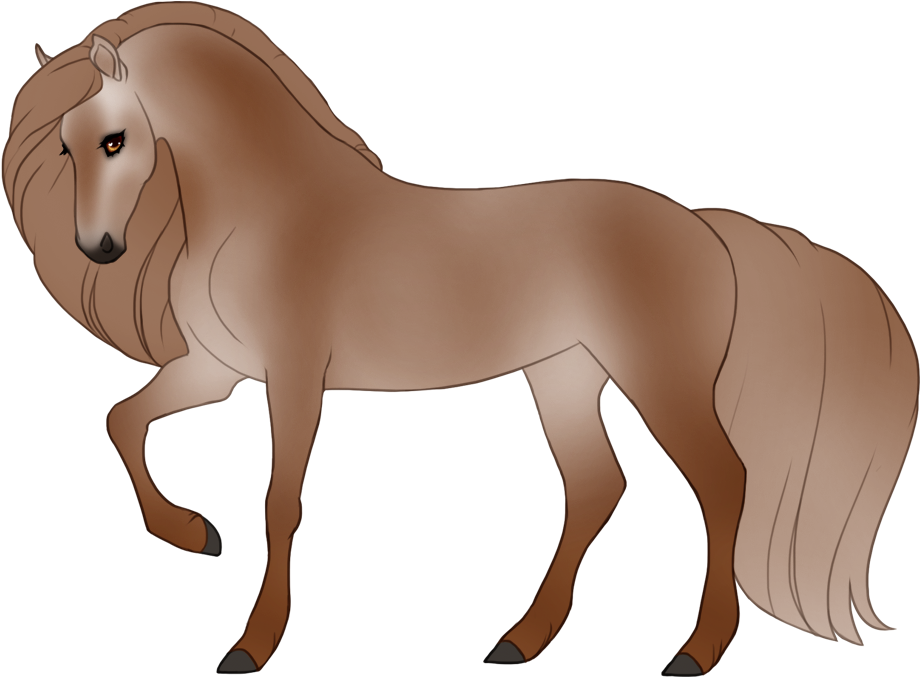
Medium grey on chestnut
chestnut + grey
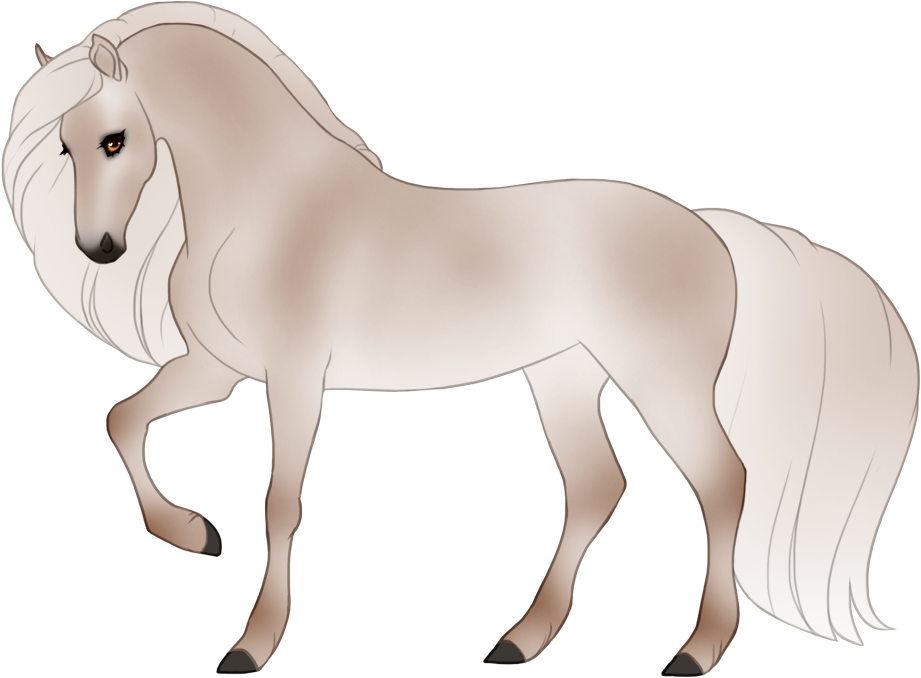
Grey on chestnut
chestnut + grey
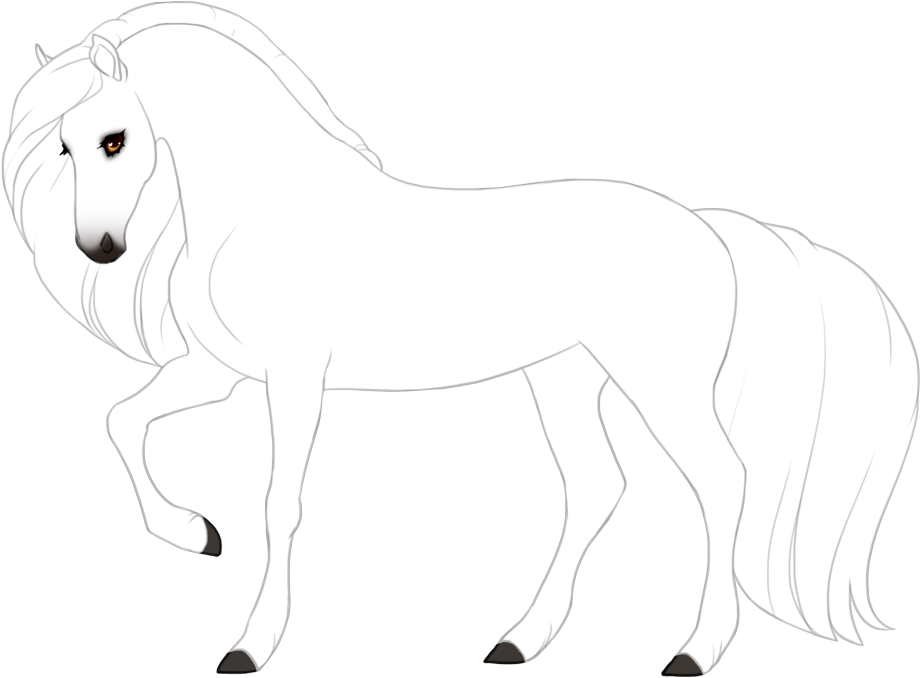
Fully greyed out chestnut
chestnut + grey
Optional effect: Dapples
Grey can optionally have greyed out dapples, or dapples that are darker.
Dapples is not written in the phenotype, a grey horse with dapples would still only be described as for example "grey on chestnut".
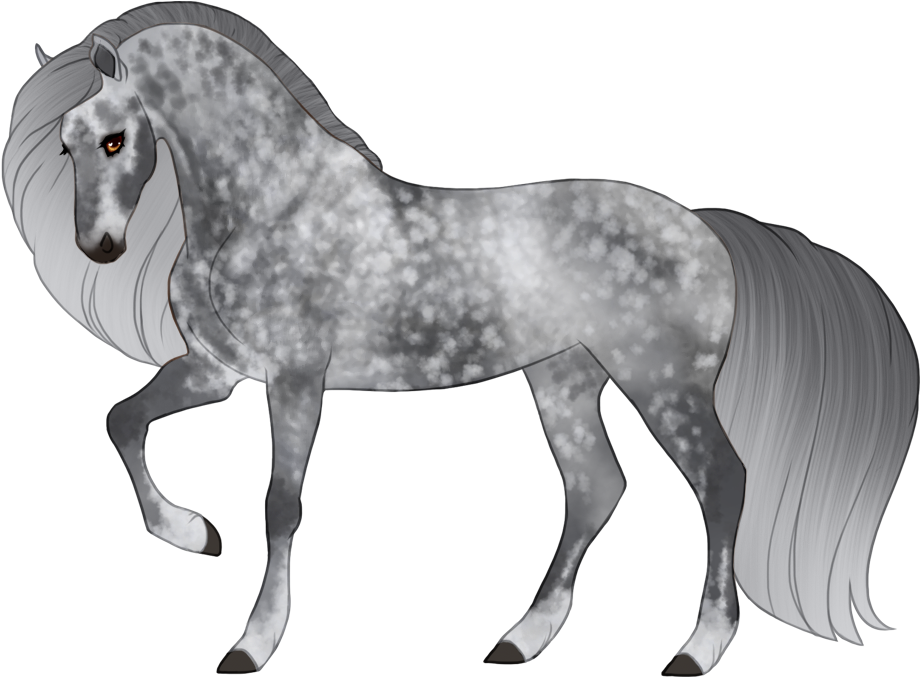
Grey on black with grey dapples
black + grey
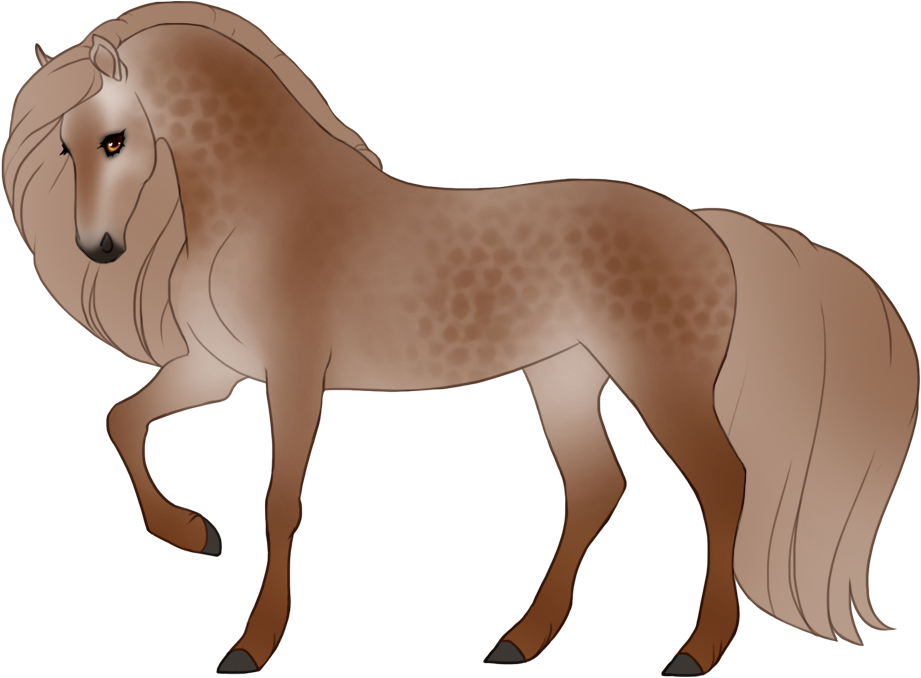
Grey on chestnut with dark dapples
chestnut + grey
Optional effect: Fleabitten and Mismarked grey
Fleabitten grey causes ticking/freckles in the grey, showing the ungreyed basecoat.
Mismarked grey (also known as "bloody shoulder") causes random areas to not be affected by grey, and remain the base coat without losing pigment. These areas can be anywhere on the body and in any natural shape, the edges of the mismarked grey can be both smooth/sharp or roaned. The mane and tail will not grey out in the mismarked areas.
Fleabitten and mismarked grey is not written in the phenotype, it is still only written as grey.
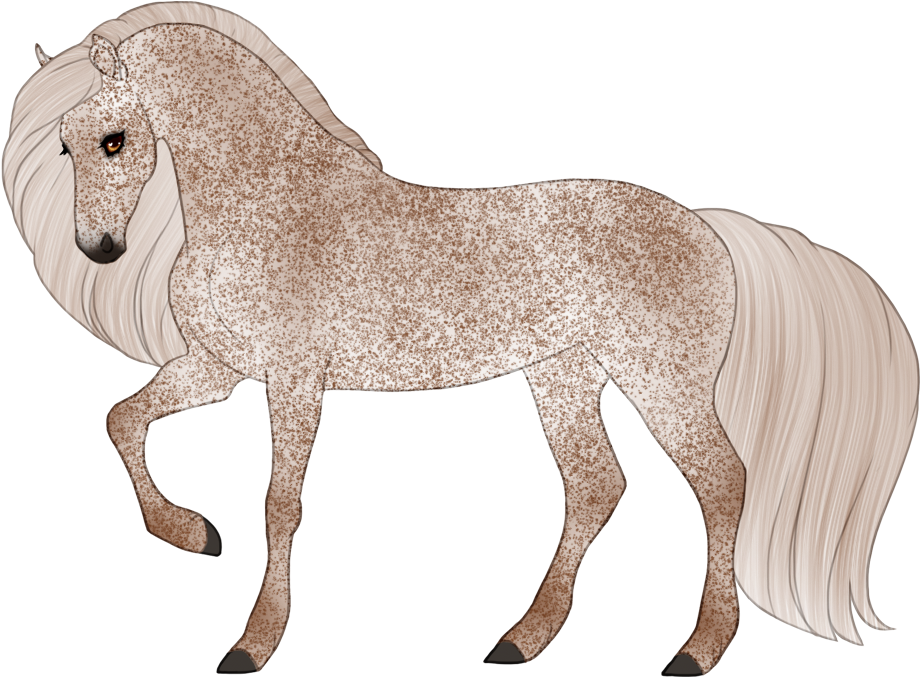
Fleabitten grey
chestnut + grey
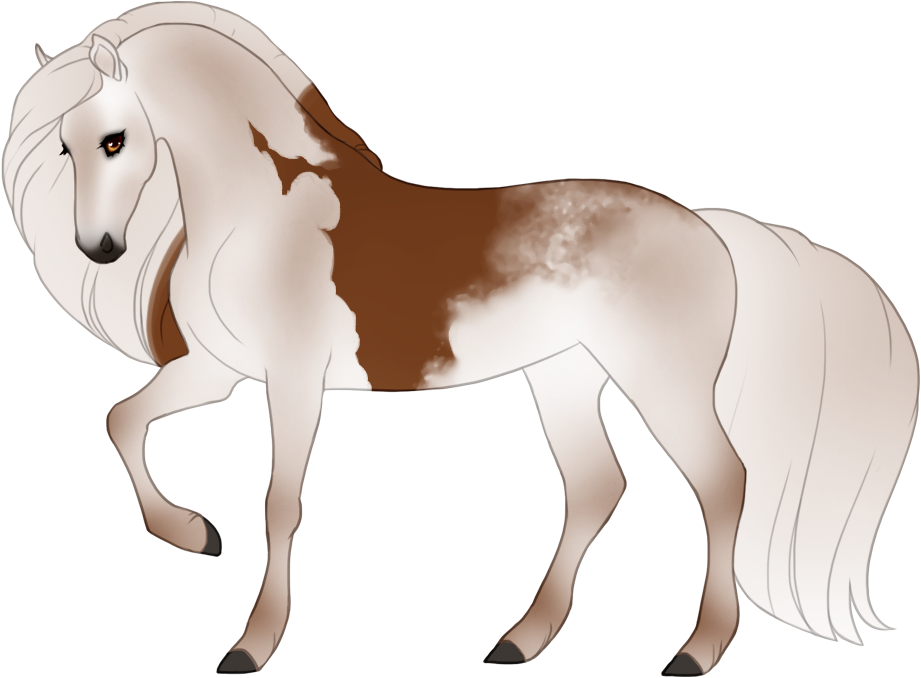
Mismarked grey, "bloody shoulder"
chestnut + grey
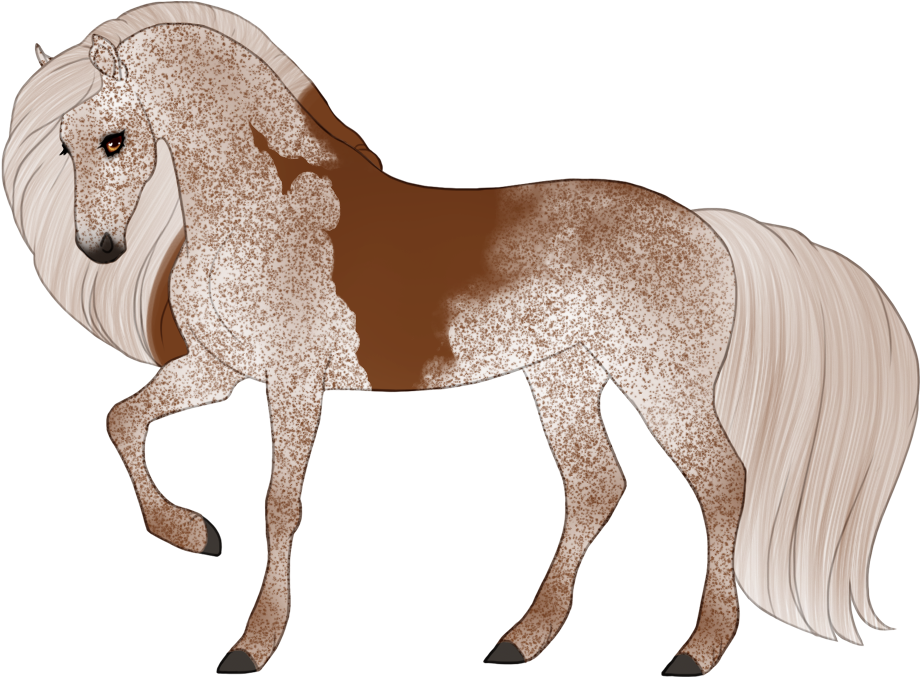
Fleabitten mismarked grey
chestnut + grey